From Struggle To Success: Lessons From Four Famous People Who Bounced Back Big
The uni Steven Spielberg got rejected from now has a building named after him.
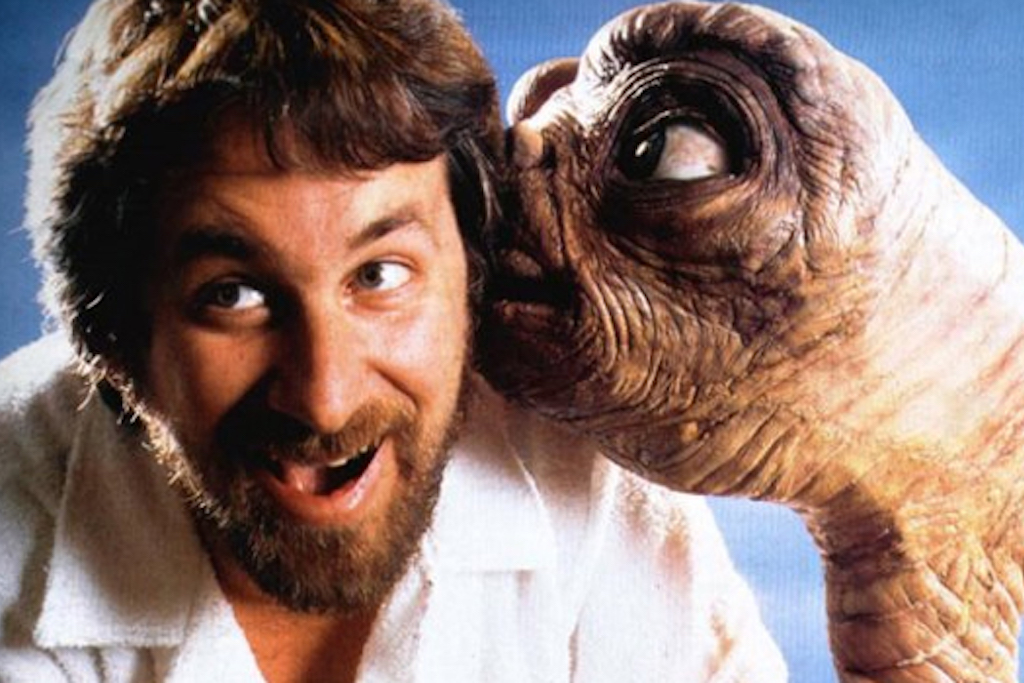

Don't let your ATAR define you: there's another way into UTS
There isn’t a single person on this earth who hasn’t had a misstep, and very few who haven’t at some point done so badly.
Mistakes are all around us and happening all the time, but that doesn’t make them feel any less bad. They’re the worst. They suck. But the results are very rarely ever final; they’re usually just an extra step on the road to success.
Here are a few people who prove that to be true:
Michael Jordan: Practice Makes Perfect
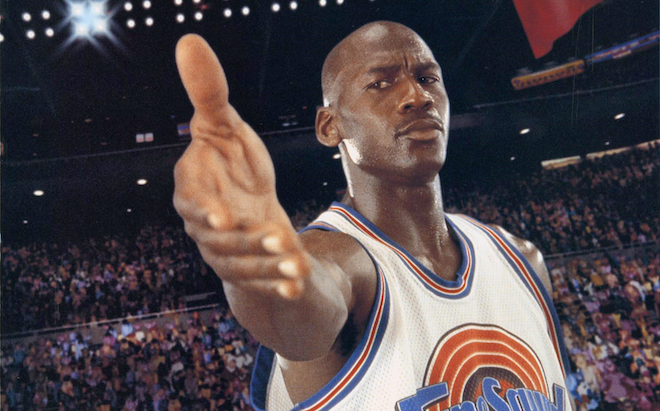
In 1978, 15-year-old Michael Jordan tried out for Emsley A. Laney High School’s varsity basketball team. The future legend was still only 5’10” and barely knew how to dunk, so when the list of new recruits was revealed, his name wasn’t on it. Adding insult to perceived injury, his friend Leroy Smith (who was 6’7”) made the cut. Jordan was relegated to the junior varsity team, but not before running home, locking himself in his bedroom, and crying.
The thing is, he didn’t leave it at that. He got out there and crushed it until he was the best, using the memory of that failure to spur himself on. “Whenever I was working out and got tired and figured I ought to stop, I’d close my eyes and see that list in the locker room without my name on it,” he later said to ESPN. “That usually got me going again.”
Renowned to this day as the greatest basketball player of all time (sorry Steph), Michael Jordan made resilience in the face of failure a part of his billion-dollar brand. It culminated in Nike’s famous ‘Failure’ commercial (his second greatest acting role after Space Jam).
Now, 14 years after he retired from the NBA, Jordan is still making millions — pretty good stuff for a failure. So, Be Like Mike — get better to do better. Practice. Take the L and then work on it to take the win.
Vera Wang: Embrace A Change Of Direction
When you think of bridal couture, you think of Vera Wang. She’s been featured on Sex and the City, Gossip Girl and Buffy The Vampire Slayer, dressed brides like Mariah Carey, Victoria Beckham and two Kardashians. Her evening wear is a favourite of Michelle Obama, Charlize Theron and Halle Berry, and in 2013 she was presented with the Council of Fashion Designers of America Lifetime Achievement Award. Basically, she’s been smashing it her entire career. But it’s not the career she always wanted. In fact, Wang changed her course twice to get where she is today.
Wang was a professionally competitive figure skater as a teenager and competed twice in the US National Championships, but failed to make the US Olympic Team in 1968. Deciding it wasn’t the right path for her, she then packed it in and went on to work at Vogue. Within a year, at 23, she became the youngest ever senior fashion editor at the publication — a position she held for 15 years.
In 1987, having missed out on the role of editor-in-chief (that one went to Anna Wintour), she left Vogue to work as design director for accessories at Ralph Lauren. Then, unable to find the right dress for her wedding in 1989, she sketched out a design and had it made. A year later she opened her first boutique, and the rest is history.
There’s no shame in deciding to throw in the towel if what you’re doing isn’t working for you. Wang wasn’t to be a world famous figure skater, but she did go on to design US figure skating champion Nancy Kerrigan’s Olympic costumes. And she wasn’t to be editor-in-chief of Vogue, but she’s now a mainstay among its glossy pages each month.
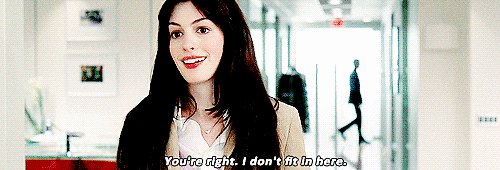
Instead of just staying the (wrong) route, she changed the course until she found what was right, and is now one of the biggest names the fashion world has ever seen. So don’t be afraid to fail and change your mind — it might be the best decision you ever make.
Ang Lee and Steven Spielberg: Down And Out In School Doesn’t Mean Down And Out In Life
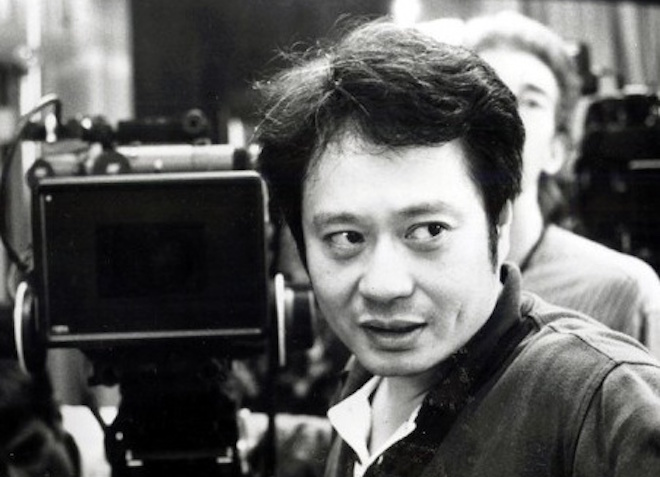
Some of the world’s most successful people didn’t make the cut for higher education right away. Some didn’t even make it at all. Three-time Academy Award-winning director Ang Lee, for example, failed his college entrance exams twice.
“I was always in shame that I could not focus on books,” he told Nightline. “And I failed the college examinations. My father was my high school principal … That was bad. And I failed twice, ’cause I was so nervous. I just sweated through the whole two days of exams.” Ang then applied for acting school, but was told his English wasn’t good enough. And thus a director was born.
Another little filmmaker who goes by the name of Steven Spielberg (maybe you’ve heard of him?), got rejected by the University of Southern California’s School of Cinema Arts because he only had a C-grade average. And he didn’t just get rejected once — he got knocked back three times.
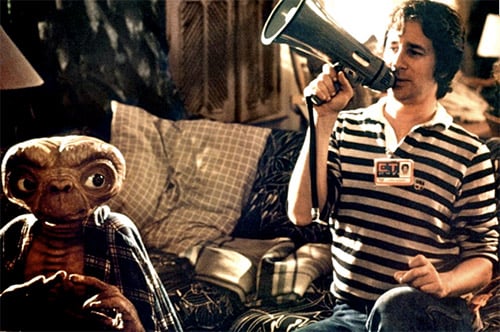
These days there’s a building named after him at USC, he often teaches there, and he was awarded with an honorary degree. The best bit? He said he would only accept it if it was signed by the admissions officer who rejected him. USC duly obliged.
But who can recall any of this when talking about these two movie titans? Lee and Spielberg aren’t remembered for their exam results and neither will you be. A poor score isn’t the end of the world, and a poor ATAR isn’t the end of your path to success. Your marks don’t define you — it’s what you do next that will.
–
Missing out on your ATAR doesn’t mean missing out on your degree. UTS:INSEARCH can fast-track you into the second year of a UTS Degree, where you can jump right back onto the path to success. Find out more here.
–
A.H. Cayley is a Sydney writer and broadcaster. She tweets from @ahcayley